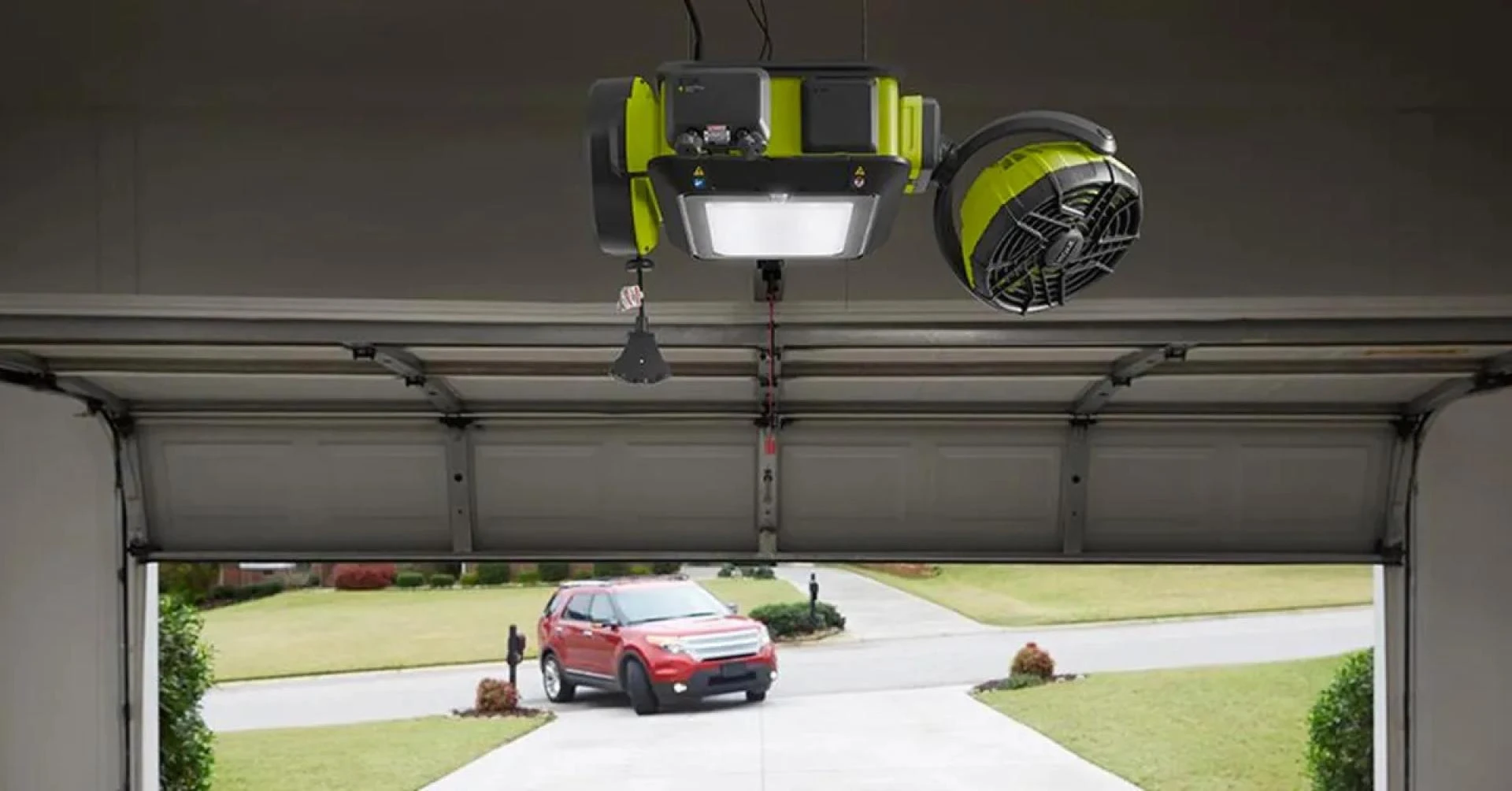Introduction
Electrical installations vary significantly between residential and commercial properties, each requiring different approaches, materials, and safety standards. Whether you're a homeowner planning a kitchen upgrade or a business owner outfitting a new office space, understanding these differences ensures compliance, efficiency, and safety.
This guide breaks down the key distinctions between residential and commercial electrical installations, covering everything from wiring methods to specialized services like automatic garage door opener installation, professional lighting installation, and how to properly install under-cabinet lighting in each setting.
Key Differences Between Residential and Commercial Electrical Installations
1. Electrical Load Requirements
- Residential: Typically uses 120/240V single-phase power for appliances, lighting, and outlets.
- Commercial: Often requires 120/208V or 277/480V three-phase power for heavy machinery, HVAC systems, and large lighting setups.
2. Wiring Methods
Aspect
Residential
Commercial
Wiring Type
NM (Romex) cable
Conduit (EMT, IMC, or PVC)
Installation
Hidden in walls/ceilings
Often exposed in ceilings or surface-mounted
Complexity
Simpler circuits
More complex with multiple subpanels
3. Safety Standards & Codes
- Residential: Follows NEC (National Electrical Code) with emphasis on AFCI/GFCI protection.
- Commercial: Requires stricter compliance, including fire-rated wiring and emergency backup systems.
4. Equipment Durability
- Residential: Devices rated for occasional use (e.g., light switches, standard outlets).
- Commercial: Heavy-duty components designed for continuous operation (e.g., industrial-grade switches, reinforced conduits).
Residential Electrical Installation Focus Areas
1. Common Residential Projects
- Automatic garage door opener installation: Requires dedicated 15-20A circuits with proper grounding.
- Professional lighting installation: Focuses on aesthetics and energy efficiency (LEDs, dimmers).
- Install under-cabinet lighting: Typically low-voltage LED strips with plug-in or hardwired options.
2. Residential Electrical Challenges
✔ Limited load capacity in older homes
✔ Balancing aesthetics with functionality
✔ Meeting modern smart home integration demands
3. Typical Residential Components
- Single-pole and three-way switches
- 15A and 20A branch circuits
- GFCI outlets in wet areas
Commercial Electrical Installation Focus Areas
1. Common Commercial Projects
- High-bay professional lighting installation for warehouses/offices
- Three-phase motor installations for HVAC and elevators
- Data center power redundancy systems
2. Commercial Electrical Challenges
✔ Managing higher fault currents
✔ Complying with ADA accessibility requirements
✔ Implementing energy management systems
3. Typical Commercial Components
- 277V lighting circuits
- Metal-clad cables or rigid conduits
- Automatic transfer switches for backup power
Specialized Installations Compared
Automatic Garage Door Opener Installation
Factor
Residential
Commercial
Power Supply
120V, 15A circuit
Often 208V or 240V for heavy doors
Safety Features
Basic sensors
Advanced laser guards and safety edges
Usage Cycles
5-10 daily cycles
50-100+ cycles in loading docks
Professional Lighting Installation
- Residential: Focus on warm color temps (2700K-3000K) and decorative fixtures.
- Commercial: Prioritize high-efficiency LEDs (4000K-5000K) with motion sensors.
How to Install Under-Cabinet Lighting
- Residential: Plug-in LED strips with simple dimmers.
- Commercial: Hardwired systems with DALI or 0-10V controls for large kitchens/retail.
Cost Comparison
Installation Type
Residential Avg. Cost
Commercial Avg. Cost
Basic Lighting Circuit
150−
150−300
500−
500−1,200
Automatic garage door opener installation
300−
300−700
1,500−
1,500−4,000
Professional lighting installation (per fixture)
100−
100−250
200−
200−600
Install under-cabinet lighting (per linear foot)
15−
15−30
25−
25−50
*Commercial costs are higher due to:
- Union labor requirements
- More expensive materials
- Stricter inspection processes*
Safety Considerations
Residential Priorities
- Childproof outlets
- AFCI protection for bedrooms
- Proper outdoor fixture ratings
Commercial Priorities
- Arc flash protection
- Emergency lighting compliance
- Regular infrared thermography scans
When to Hire Professionals
For residential projects like:
- Upgrading service panels
- Automatic garage door opener installation with new circuits
- Whole-home professional lighting installation
For commercial projects like:
- Tenant build-outs
- Data center power systems
- ADA-compliant lighting retrofits
Future Trends
Residential Innovations
- Smart circuit breakers with energy monitoring
- Wireless under-cabinet lighting controls
- Integrated EV charging solutions
Commercial Innovations
- IoT-enabled power distribution
- DC microgrids for offices
- LiDAR-assisted lighting controls
Conclusion
Understanding the differences between residential and commercial electrical installations ensures your projects meet safety standards and performance requirements. Whether you're planning an automatic garage door opener installation at home, a professional lighting installation for your business, or need to install under-cabinet lighting in either setting, proper planning is essential.
For complex projects, always consult licensed electricians specializing in your property type. Their expertise will ensure code compliance, optimal performance, and long-term reliability for your electrical systems.
FAQs
1. Can residential electricians work on commercial projects?
Most states require different licensing - commercial electricians have additional training for high-voltage systems and three-phase power.
2. Is conduit required for residential under-cabinet lighting?
Generally no (NM cable is acceptable), but commercial kitchens often require metal conduits per health codes.
3. Why do commercial garage doors need different openers?
Heavier doors and frequent use require industrial-grade motors with higher duty cycles and safety features.



